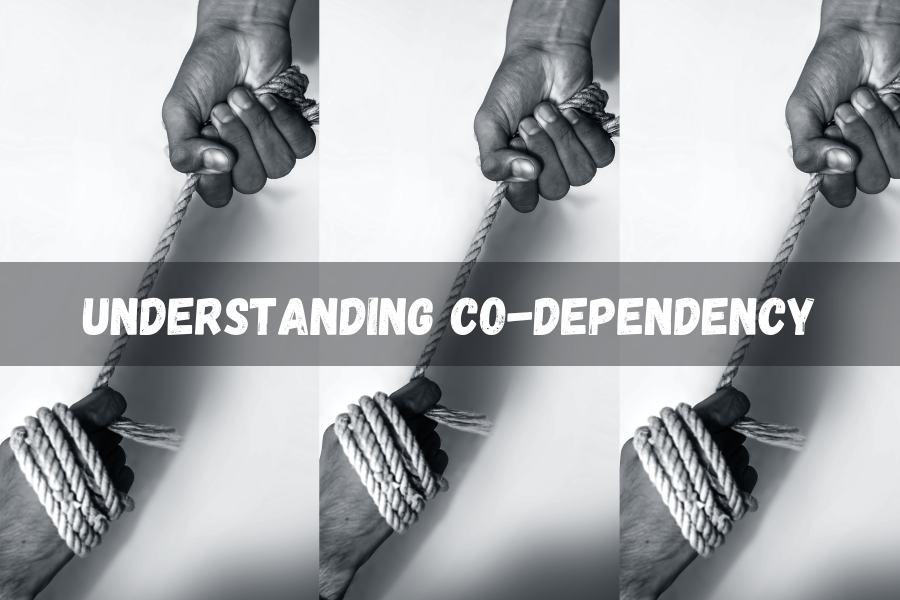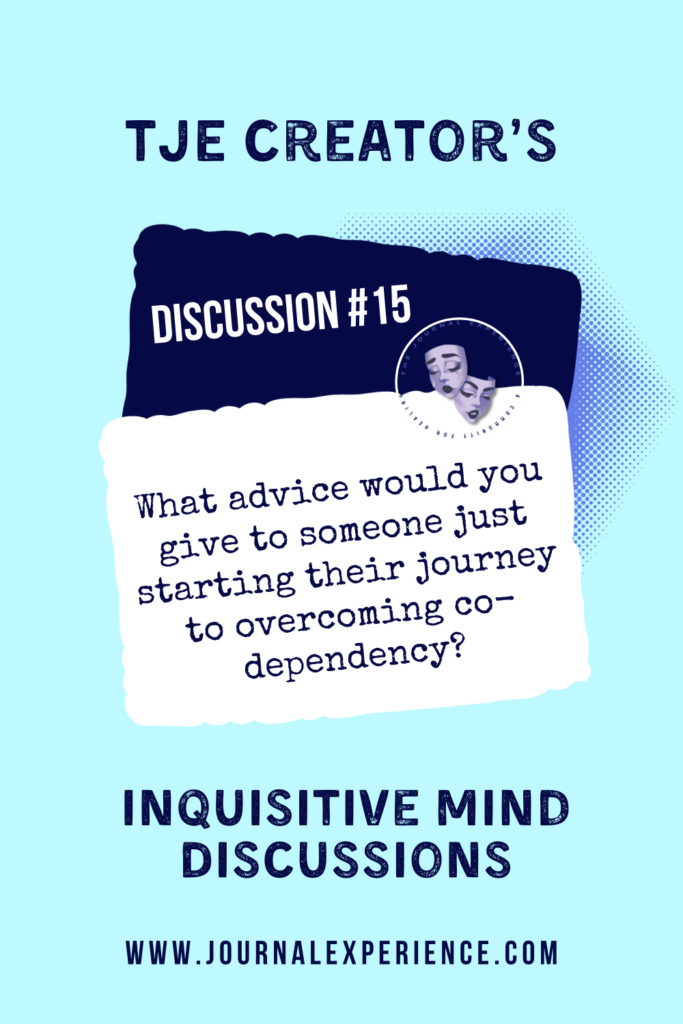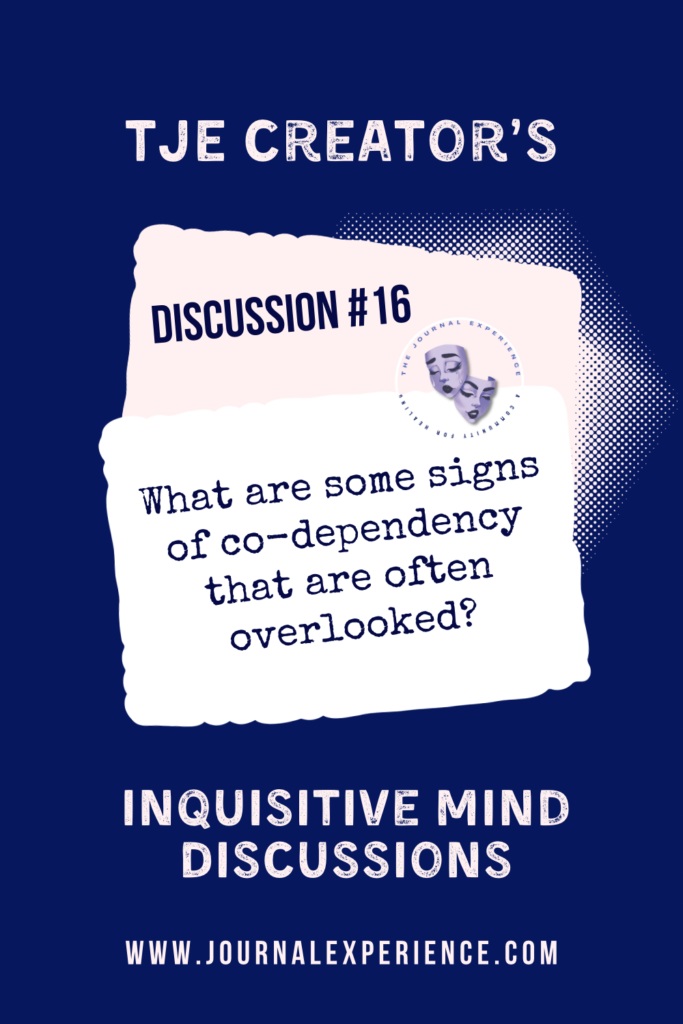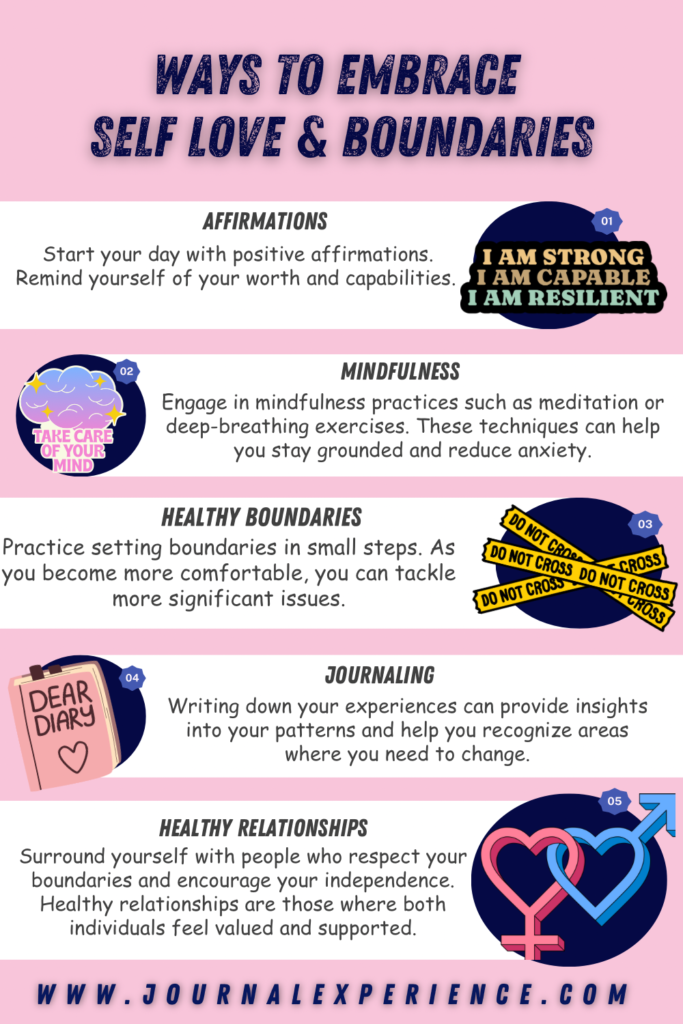In the realm of relationships, the term “codependency” often surfaces in conversations about toxic dynamics, but what if “understanding codependency” was the bigger topic. Recent studies show that nearly 90% of individuals in toxic relationships exhibit signs of codependency.

This is alarming, because codependency isn’t just a minor issue; it’s a deeply ingrained pattern that can dictate the quality of our interactions and our overall well-being.
However , from my perspective, codependency is particularly dangerous because it makes another person feel like a drug. The initial connection often stems from mutual toxic behaviors, leading to a cycle that is hard to break.
This post is all about understanding codependency ,and exploring ways to liberate ourselves from its grip, fostering healthier relationships and reclaiming our autonomy and emotional well-being in the process.
Understanding Co-dependency
Defining Codependency: Unveiling the Dynamics and Characteristics
Codependency can be understood as a behavioral condition where one person consistently puts the needs of another above their own, often at the cost of their mental, emotional, and even physical health. This imbalance usually arises from a history of dysfunctional relationships, such as those marked by addiction, abuse, or neglect.
In a codependent relationship, individuals might find themselves sacrificing their own happiness to keep their partner content. They often derive their self-worth from their ability to care for others, neglecting their own needs in the process.
This dynamic can be traced back to childhood experiences where love and acceptance were conditional, leading to a desperate need for validation in adult relationships. Common characteristics of codependency include:
- Over-involvement: Taking on excessive responsibility for another’s feelings and actions.
- Low self-esteem: Relying on others for a sense of worth.
- People-pleasing: Struggling to say no, even when it’s necessary.
- Fear of abandonment: Staying in unhealthy relationships due to the fear of being alone.
Understanding codependency involves recognizing these patterns and how they shape one’s interactions with others.

Want to understand your codependent patterns on a clinical and emotional level?
Explore the Webinar: Origins of Codependency and Pathological Narcissism—an eye-opening educational experience led by Ross Rosenberg that breaks down the roots of self-love deficit disorder and toxic relationship repetition.
Navigating Recovery: Strategies for Overcoming Codependency
Overcoming codependency is a journey requiring self-awareness and a commitment to change. It’s about reclaiming your autonomy and well-being. Here’s a few strategic tips to consider:
- Educate Yourself: Understanding codependency is crucial. Read books, attend workshops, or join support groups dedicated to this issue. Knowledge empowers change and fosters understanding of your behavior’s roots.
- Set Boundaries: Learn to establish and maintain healthy boundaries. This involves saying no when necessary and prioritizing your needs. Boundaries protect your well-being and promote mutual respect in relationships.
- Seek Professional Help: Therapy can be incredibly beneficial. A therapist helps explore the origins of your codependency and supports healthier relationship patterns. Cognitive-behavioral therapy (CBT) and family therapy are effective for addressing codependency.
Ready to work through your codependency with a structured, proven system?
Enroll in the Codependency Therapy | Self Love Recovery Treatment Program—a deeply therapeutic experience designed to help you release toxic attachment patterns and reclaim your emotional independence.
- Practice Self-Care: Prioritize activities that nurture your well-being. Engage in hobbies, exercise, and spend time with supportive friends. Rediscover your identity and interests outside of your relationships.
- Build Self-Esteem: Work on improving your self-esteem. Acknowledge your strengths and achievements. Affirmations, journaling, and self-compassion exercises build a positive self-image. Healthy self-esteem reduces dependency on external validation.
- Identify Triggers: Recognize situations and behaviors that trigger codependent patterns. Awareness helps you anticipate and manage responses. Understanding triggers empowers proactive management of your emotional reactions.
- Develop Assertiveness: Practice expressing your needs and desires clearly and respectfully. Assertiveness fosters mutual respect and ensures your voice is heard. Clear communication promotes balanced relationships and reduces codependent behaviors.
- Cultivate Independence: Engage in activities that foster independence. Pursue interests and goals unrelated to your relationships. Independence strengthens your sense of self and reduces reliance on others for fulfillment.
- Join Support Groups: Connect with others experiencing similar struggles. Support groups provide a safe space for sharing experiences and receiving encouragement. Community support fosters a sense of belonging and understanding.
- Focus on Personal Growth: Commit to continuous personal development. Read self-help books, attend workshops, and set personal goals. Growth empowers you to build a fulfilling life independent of codependent patterns.
- Practice Mindfulness: Engage in mindfulness practices such as meditation or deep-breathing exercises. Mindfulness helps you stay present and reduces anxiety. Being present aids in breaking habitual codependent responses.
- Establish Healthy Relationships: Surround yourself with people who respect your boundaries and encourage your independence. Healthy relationships are supportive and promote mutual growth. They help reinforce positive changes in your life.
- Celebrate Small Wins: Acknowledge and celebrate your progress, no matter how small. Each step forward is a victory. Celebrating wins boosts motivation and reinforces positive changes in behavior.
- Seek Feedback: Regularly seek feedback from trusted individuals. Constructive feedback provides valuable insights into your behavior. It helps identify areas for improvement and reinforces positive changes.
- Embrace Self-Compassion: Be kind to yourself during your recovery journey. Self-compassion fosters resilience and promotes healing. It helps you navigate setbacks with a positive and nurturing attitude.
By embracing these strategies, you can navigate the path to recovery from codependency, fostering healthier relationships and a more fulfilling life.
Healing from Within: Embracing Self-Love and Boundaries
Healing from codependency is not just about breaking free from unhealthy relationships; it’s about building a healthy relationship with yourself. Embracing self-love is a fundamental part of this process.
- Affirmations: Start your day with positive affirmations. Remind yourself of your worth and capabilities. This practice can shift your mindset from one of dependency to one of self-reliance.
- Mindfulness: Engage in mindfulness practices such as meditation or deep-breathing exercises. These techniques can help you stay grounded and reduce anxiety, which is often prevalent in codependent individuals.
- Healthy Boundaries: Practice setting boundaries in small steps. For example, start by expressing your needs in a non-confrontational manner. As you become more comfortable, you can tackle more significant issues.
- Journaling: Keep a journal to reflect on your feelings and behaviors. Writing down your experiences can provide insights into your patterns and help you recognize areas where you need to change.
- Healthy Relationships: Surround yourself with people who respect your boundaries and encourage your independence. Healthy relationships are those where both individuals feel valued and supported.

Finding Freedom: Stories of Liberation and Renewal
Many individuals have successfully broken free from the chains of codependency and now lead fulfilling lives. Here are a few stories of transformation:
- Garielle’s Story: Garielle grew up in a family where she constantly had to care for her alcoholic mother. This pattern continued into her adult life, where she found herself in a series of relationships with partners who needed “fixing.” After seeking therapy, Garielle learned to value herself and set healthy boundaries. Today, she is in a loving, balanced relationship and works as a counselor helping others overcome codependency.
- Michael’s Journey: Michael was always the “go-to” person in his relationships, sacrificing his own needs to please his partners. After a particularly toxic relationship ended, he attended a codependency support group. Through the group, he learned to prioritize his needs and developed a stronger sense of self-worth. Michael now enjoys a more balanced life and is an advocate for mental health awareness.
- Sophia’s Transformation: Sophia’s codependency stemmed from a childhood where she was the primary caregiver for her younger siblings. She carried this responsibility into her romantic relationships, often feeling exhausted and unfulfilled. With the help of a therapist, Sophia learned to set boundaries and focus on her own goals. She now leads workshops on healthy relationships and personal empowerment.
- Keisha’s Awakening: Keisha constantly attracted emotionally unavailable partners, mirroring her childhood experiences. Therapy empowered her to set boundaries and prioritize her own needs, leading to healthier, more fulfilling relationships.
- Tyrone’s Realization: Tyrone spent years sacrificing his happiness to please his partners, leaving him emotionally drained. After joining a support group, he learned to assert his needs, finding balance and self-respect in his relationships.
- Jamal’s Transformation: Jamal’s low self-esteem led him into codependent behaviors, constantly seeking validation from others. With therapy, he embraced his self-worth and established healthier relationship dynamics, enjoying newfound emotional freedom.
- Monique’s Journey: Monique often neglected her own needs to keep her partner happy, stemming from a fear of abandonment. After joining a support group, she learned to value herself and set boundaries, leading to more authentic connections.
- Darnell’s Breakthrough: Darnell felt trapped in a cycle of toxic relationships, always putting others first. Seeking professional help, he uncovered the roots of his codependency and reclaimed his independence and joy.
- Latasha’s Empowerment: Growing up, Latasha learned to seek validation through care-taking due to a lack of unconditional love. Therapy helped her develop self-love and assertiveness, transforming her relationships into healthier, more supportive ones.
- Malik’s Recovery: Malik’s relationships were consistently one-sided, leaving him feeling used and unappreciated. With the help of a therapist, he learned to set healthy boundaries and cultivate mutual respect, leading to more balanced and satisfying connections.
These stories highlight that recovery from codependency is possible and that it leads to a life of greater joy and freedom.
Overview
Honestly, understanding codependency is the first step towards breaking free from its grip, and this comprehensive guide explores the complexities of codependency, shedding light on its defining traits and origins, particularly in the context of toxic relationships.
You’ll discover practical steps for overcoming codependent behaviors and strategies to foster self-love and set healthy boundaries. Through inspiring stories of those who have triumphed over codependency, this post offers hope and a roadmap to reclaiming your independence and happiness.

Subscribe to our newsletter for exclusive insights, expert tips, and practical advice on understanding codependency and transforming your relationships. Join our vibrant community of like-minded individuals and start your journey toward emotional freedom and a life filled with self-love and healthy connections. Let’s break free together and redefine your path to happiness!